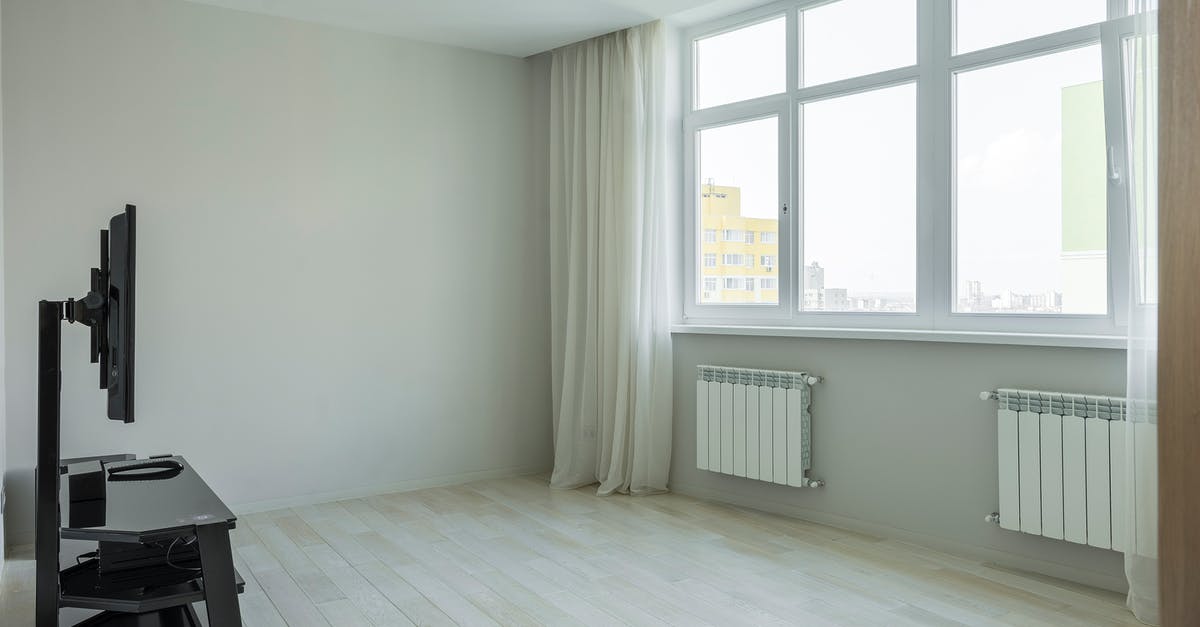How accurate is the window pane test? (breadmaking)

I recently bought Michael Ruhlman's Ratio and started trying out baking. I knead my bread for about 10 to 15 minutes, but the window pane test (pulling a chunk of dough so that it's translucent without tearing) has never worked for me. I use about 80% all-purpose flour and 20% whole wheat.
Should I keep kneading until the window pane test works, or am I good with just looking at time? I've made two loaves of bread and I though both tasted good and had a pleasant texture. I'm curious if the whole wheat flour would have anything to do with this.
Best Answer
In my experience, the lighter the expected loaf, the more effective the windowpane test is.
The windowpane test will work best with high protein breads made out of very fine, or refined, flour with no gluten-interfering additives. This means "artisan" style loaves made out of bread flour, water, salt, and yeast. The gluten in these loaves is very well developed and they rely on this to create very light, open loaves.
If French bread is on one side of the glutinous spectrum, then a dense sourdough rye would be on the other. It would be very difficult to get a windowpane test to work with rye, because there is little gluten. It makes a very dense loaf.
Of course, your bread is going to be somewhere in the middle. 60% is a good ratio for standard sandwich types of bread. Any ingredients that will interfere with gluten development will make the windowpane test difficult. Coarse wheat flour will have less gluten and will cut the existing gluten; added fat will inhibit some gluten formation.
Either way, I wouldn't go by time. You want your dough to pull away from the side of the bowl and be "smooth and elastic". It should be less sticky and should spring back when manipulated. With a little practice it is easy to recognize this state while it is being kneaded and timing is no longer necessary.
Note
If the texture of your bread pleases you then the test isn't so important. If you would like to pass the windowpane test and make your loaves lighter and less crumbly there are a couple things that help:
- If the recipe calls for fat, reduce it or leave it out
Fat gives tenderness and flavor. I often reduce it, but leaving it out may leave a flavorless loaf. - Use higher protein wheat flour
Bread should be made with hard red or white wheat. Soft wheat flour is used in Southern cooking that doesn't require as much gluten, such as biscuits. - Use finer wheat flour
The finer the grind on your wheat flour, the less it will cut gluten strands. - Add gluten
You can purchase essential wheat gluten. It is very helpful, especially with breads high in wheat flour. - Add acid
A small amount of acid helps with gluten formation. You can grind up a vitamin C tablet (ascorbic acid) or add a little citric acid. Sometimes I will use leftover orange juice, but remember to take into account the liquid and flavor that it will add.
Pictures about "How accurate is the window pane test? (breadmaking)"



Quick Answer about "How accurate is the window pane test? (breadmaking)"
60% is a good ratio for standard sandwich types of bread. Any ingredients that will interfere with gluten development will make the windowpane test difficult.Why does my dough never pass the windowpane test?
This either occurs because the dough contains too much water for the flour. There is not enough gluten available in the flour, so the dough cannot bond to itself properly. As the dough matures it becomes able to retain more water.Should sourdough pass the window pane test?
To see if a dough passes the windowpane test, gently lift up a piece from the surface and stretch it between two fingers. If you can stretch it thin enough to be almost translucent without it ripping, the dough has developed enough gluten and you can stop folding for the remainder of bulk fermentation.75: How to do the windowpane test PROPERLY - Bake with Jack
More answers regarding how accurate is the window pane test? (breadmaking)
Answer 2
Jeffrey Hamelman, widely regarded as one of the top authorities on bread-baking, has this to say in his book "Bread: A Baker's Book of Techniques and Recipes" (p. 8):
Some bakers pull off a small piece of dough and look at the "gluten window" by gently stretching the dough to the thinnest sheet possible (sometimes called the "windowpane test"). This is one way to gauge gluten development, but be careful: If the window is completely clear and the gluten totally developed, the dough has almost certainly been overmixed. Appropriate development does not necessarily mean full gluten development, and as we shall see, many factors affect the amount of time a dough mixes on second speed, and consequently how fully we should develop the gluten in the mixing bowl. If our only goal is dough volume, a lot of yeast and maximum gluten development in the mixer is the method of choice. Maximum volume is one thing, however, and maximum flavor is another, and a mixing technique that favors the utmost volume will also compromise optimum flavor.
("Second speed" here refers to the "kneading" stage in large professional bread-making processes that are done in giant mixers. You run the mixer on low speed first to mix the ingredients, and then on a higher speed -- "second speed" -- to develop the gluten further. Effectively, he's talking about the same thing you're doing when kneading by hand.)
Hamelman goes on to explain what he's talking about regarding flavor. Basically, by kneading or mixing longer, you are incorporating excess oxygen in the dough, which will begin to destroy certain flavor components (particularly carotenoids).
He ultimately recommends a moderate level of mixing (which won't generally pass the windowpane test), and suggests two other options to enhance gluten development:
- Long fermentation times and/or the use of preferments (i.e., part of the dough that is mixed anywhere from a few hours to 24 hours ahead of time, before being added to the final dough), which will add acid to the dough and add to gluten structure.
- Folding the dough during the first rise, otherwise known as the "stretch-and-fold" technique.
I've personally found that stretch-and-folds are by far the easiest and most effective way to significantly increase the strength of your gluten. Wait until 1/3 to 1/2 of your first rise time has elapsed. Then you pull the dough out from one corner, stretch it, and then fold over toward the center of the dough. Repeat from all four sides. Then let it continue to rise. If you want, you can spread 2-4 of these out over the course of your first rise. Even if you didn't knead the dough at all (just mixing it together at first), a few stretch-and-folds spread out over your first rise will usually have your dough passing the windowpane test by the end of the first rise.
These days, I rarely knead much at all. I mix ingredients until they're thoroughly incorporated (which involves some kneading), and then I do a few periodic stretch-and-folds over the first rise. By doing so, I've found my bread often rises higher and sometimes has a better flavor (as Hamelman predicts). There's nothing wrong with some kneading at the beginning, but I personally think the windowpane test is overrated.
Sources: Stack Exchange - This article follows the attribution requirements of Stack Exchange and is licensed under CC BY-SA 3.0.
Images: mas_hha, Breno Cardoso, Max Vakhtbovych, Brett Sayles
